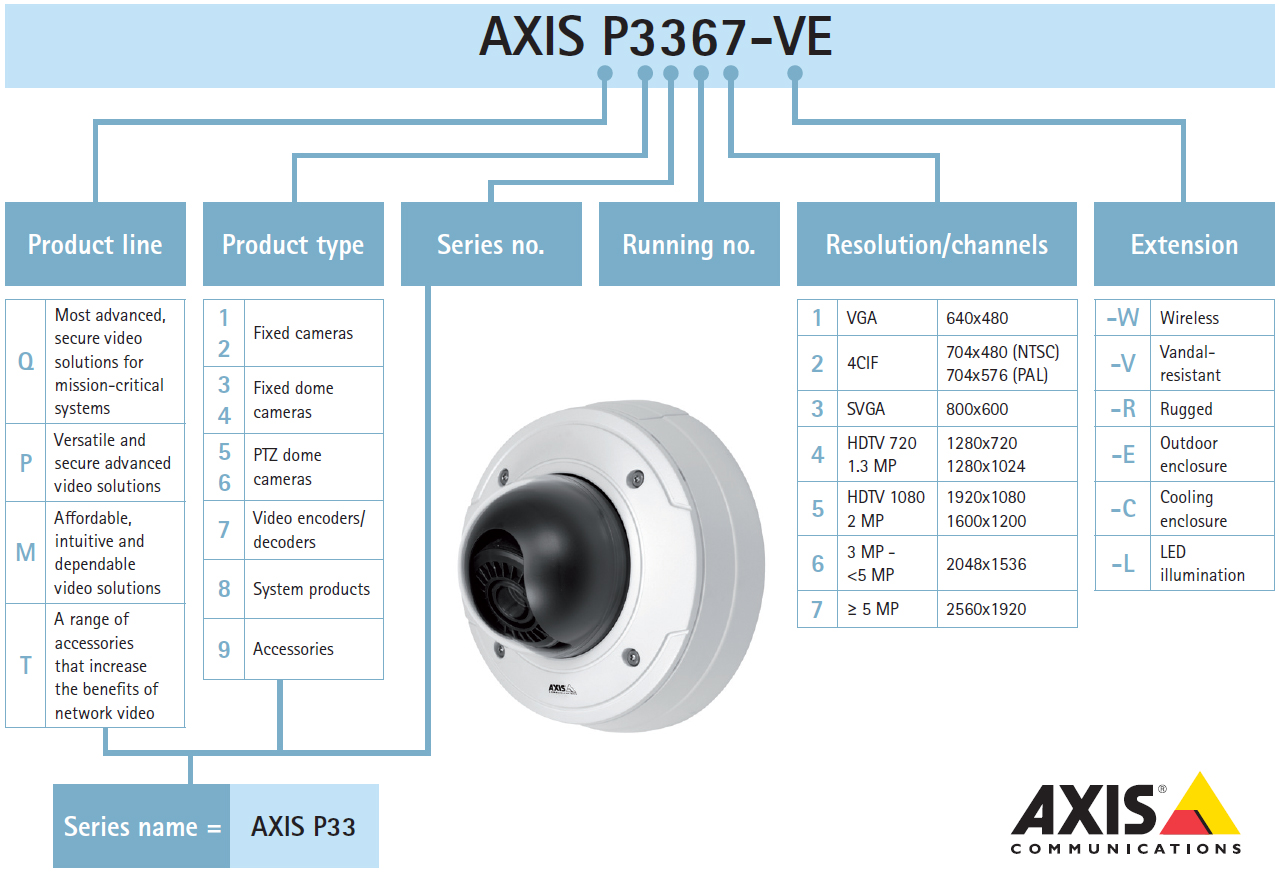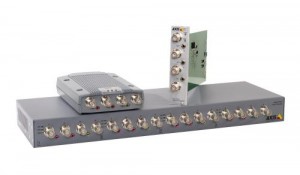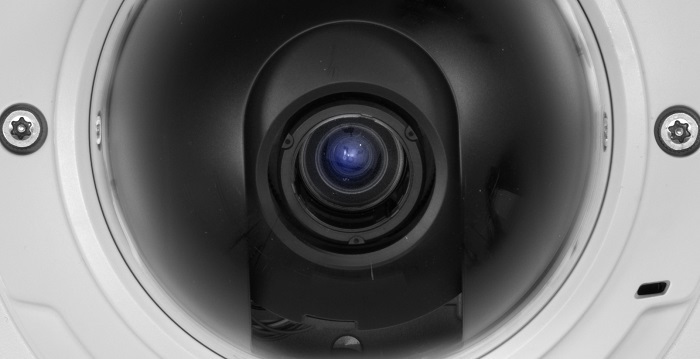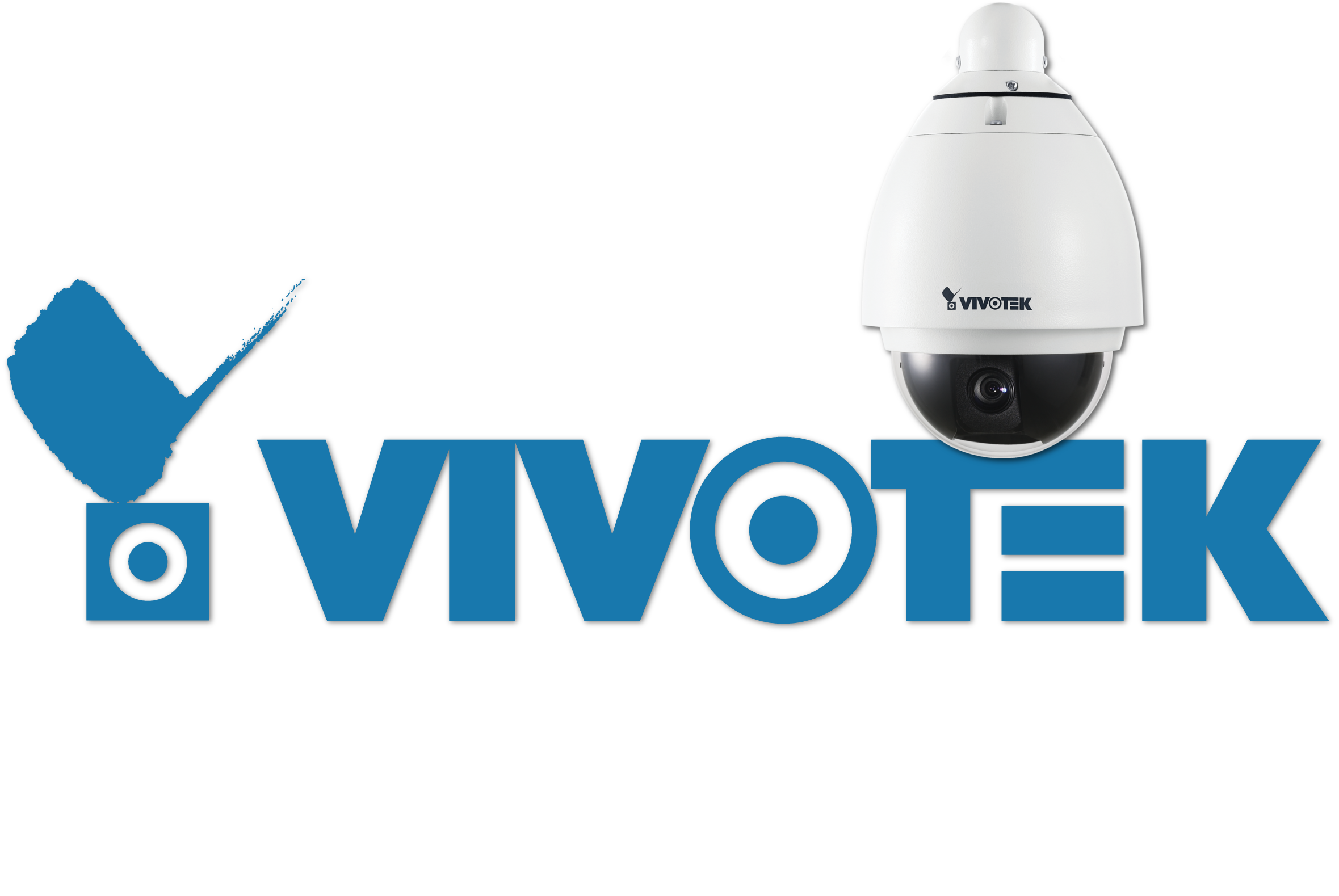If you’ve been looking at a MOBOTIX solution, chances are you’ve noticed MOBOTIX cameras record in all the expected compression’s, and then in an extra compression: MxPEG. You may be asking yourself ‘What is this MxPEG? How does it compare to H.264?’ Let me help you out with that.
Video recorded in HDTV (1920 x 1080) is compressed in H.264. It was created for broadcasting high definition video, which is why nowadays it’s the most common video compression out there. While it’s ideal for bandwidth conservation, when paused on a frame, there is a fuzziness to the image. A minor inconvenience really. It’s usually acceptable, which is why most surveillance companies allow H.264 as one of their compression options, but MOBOTIX wasn’t satisfied.
As a …






